Facts about Harriet Tubman
Harriet Tubman was an American Social Activist known far and wide during the period of slavery. She helped many people, including family and friends, escape and gain their freedom using the network of antislavery activists. She was an inspiring woman and a born leader.
She also served as a soldier, spy, and nurse during the Civil War. She lived her full life helping others, curing various diseases, fighting for women’s rights, leading the troops, helping people escape slavery, and many more. There are several interesting facts about Harriet Turban. To know more, keep reading this article.
Also Read: Slavery In Ancient Africa
Who exactly was Harriet Tubman?
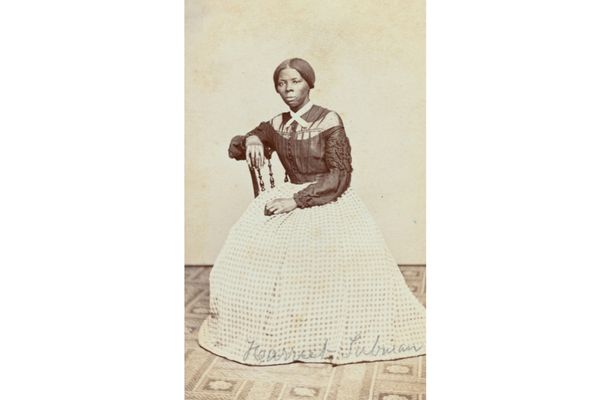
Here’s a quick list of the life of Harriet Tubman:
- Her birth place: She was born Araminta, which means protection. Minty Ross was into slavery between 1821-22 in Maryland. Her parents were Green, and Ben Ross, who were enslaved by another family, and Harriet was also supposed to work for them in the fields, take care of their children, do forest work, and haul logs.
- Injury she had: She had a head injury when she was just six years old when she got hit by a heavy metal, which was an accident.
- Tubman’s nature: She used to think of helping other people when she was young. She was very religious, and she learned the bible from her mother.
- Year she escaped slavery: After she escaped slavery, she returned to Maryland, her home in the 1850s.
- Her married life: Tubman married a free black man, but the marriage did not work out for her; later, she married another man.
- Places she worked as: Harriet Tubman worked during the Civil War as a cook; then she worked as a nurse; later, she rescued more than 750 people from an underground rail track. She helped defeat slavery to the core of the United States during the Civil War.
- There was a time she was penniless; soon after the war, she fell prey to a gold smuggling con.
- She fought for women’s rights till her last days, even when she was disabled. She kept supporting other women.
- Her bravery: Harriet Tubman was that brave. She once refused anesthesia for brain surgery, which was supposed to fix her sleeping problems. Instead, she asked to chew a bullet like the soldiers in the war did.
- The year she died: She died in 1913 and was buried with full respect and honored by the military. In honor of Harriet Tubman, people opened colleges, educational centers, and museums. And till today, it is looked after by certain people or volunteers.
- There’s a Harriet Tubman Byway. It is a self-driven tour that is located on Eastern Maryland’s Shore.
Facts none of us knew about Harriet Tubman:
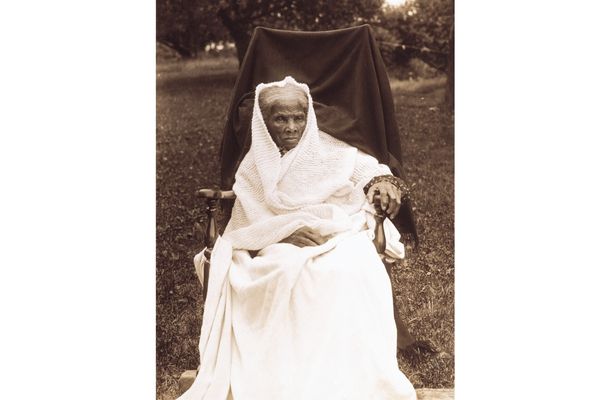
She was born Araminta Ross “Minty”.
Tubman was born into slavery in Maryland between 1821-22. She served in fields, worked as a maidservant, and in fields of war in brutal conditions. Harriet Tubman’s father, Ben Ross, was a woodsman. She adopted her mother’s name after escaping slavery. Then got married and got her surname ‘‘Tubman” from her first marriage. But the marriage, unfortunately, did not work out because of her past slave name and ended up in divorce.
She had a life of an enslaved person.
When she was born, she had the life of an enslaved person. She used to stay with her family in a one-bedroom home with eleven children. Later, her parents loaned her to another family when she was just six years old. There, she barely got food to eat and was often beaten by them.
She suffered from Narcolepsy.
While Harriet Tubman was enslaved, she accidentally hit her head with a heavy metal that cracked her skull and led to a severe injury, which nearly killed her. After that injury, she often slept and had difficulty waking up.
In 1849, Harriet Tubman escaped slavery.
As mentioned earlier, Harriet was born in the years of slavery. After she and her family were tortured, they attempted to escape in 1849 through an underground railway. She also helped escape other people.
She helped find the cure for dysentery.
Tubman worked in a war as a nurse. At that time, many people in the hospital were suffering from dysentery. She somewhere knew she could cure these people with the help of some medicinal herbs.
She got that flora, created a medicinal drink, and made a patient drink. Slowly that patient recovered from dysentery.
The first one to lead combat.
Using the information from the local troops, she led many traps for the overseer who enslaved people. And then she left the army. She freed many people from an underground rail track.
She fought for Women’s Rights.
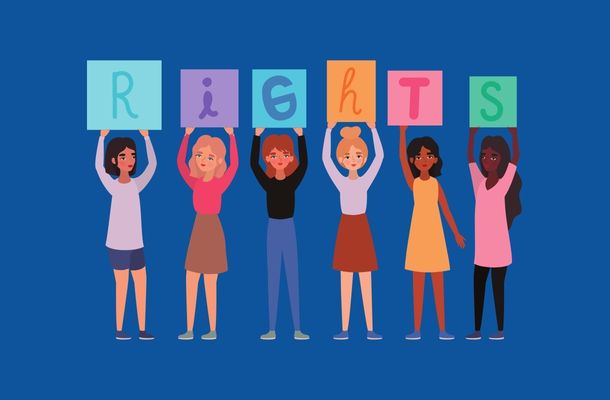
Harriet Tubman traveled to many countries speaking for women. The women in the war made sacrifices for their right to vote. She gave her first keynote speech in 1896 and was the first American-African woman to give a speech.
Also Read: Nineteenth Amendment Facts
She was also called Moses.
Her work as Moses was a very serious and risky business, in which she threatened to kill and drugged a baby once. She was known as a black ghost.
Her favorite color was orange.
Harriet Tubman’s favorite color was Orange, as it gave her strength.
Tubman fought in the Civil War
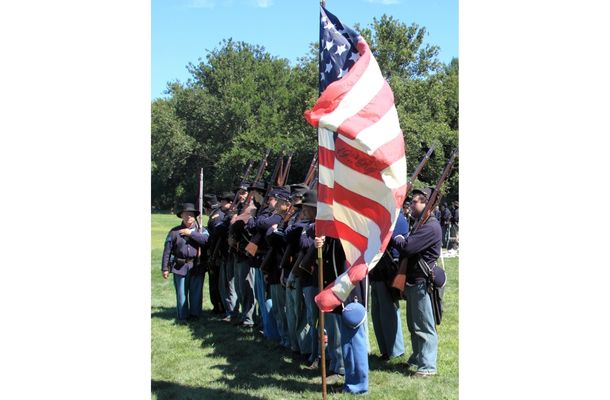
As the first woman to lead a combat assault, she made history. During the Union War, she freed more than 750 enslaved people, including her family and friends. She did not even lose one troop. After she freed those people, she left the army.
Also Read: Civil war facts for kids
She refused anesthesia during her brain surgery.
Tubman was having sleeping disorders, and that brain surgery was supposed to fix her sleep, she refused anesthesia; instead, she said she would prefer chewing a bullet like the soldiers did when they had a limb amputated during the war.
In 1913 when Tubman passed away, she was buried with full military honors at Auburn’s Fort Hill Cemetery. Many museums, schools, and colleges were named after her.
What did Tubman do for the people? Is Harriet Tubman’s legacy alive?
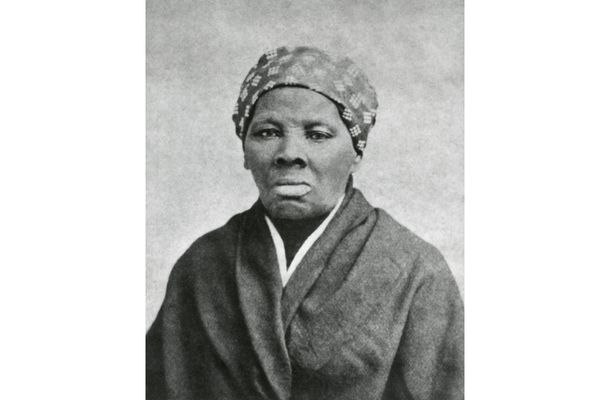
Harriet Tubman was a brave woman. Other people’s safety is what mattered the most to her. She fought for women’s rights, saving people from slavery, and she did cure dysentery. Everybody around her was very proud of her. On her deathbed, people sang brave songs to her. Tubman’s death was quite depressing for the people as she did a lot for people.
So to honor her, people opened museums, schools, and colleges. The Harriet Tubman museums and educational centers have been there for more than 20 years. Certain volunteers are there to look after those particular centers.
There’s a Harriet Tubman Byway. It is a self-driven tour located on Eastern Maryland’s Shore, almost 125 miles. It includes more than 45 sightseeing places, including the Underground Rail track and the places of Tubman’s time.
Conclusion
We are providing free educational articles and blogs on our website for students, teachers, and parents. It is very easy to find any information on our website. We have basic science, history, day-to-day information, general knowledge, and many more topics. And it’s 100% kids friendly. For more details, contact us.
